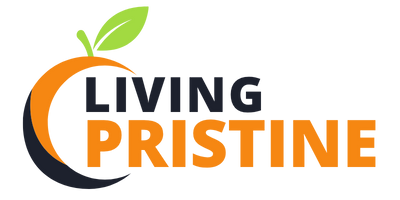Headaches: The Link Between Posture and Headache Prevention

Maintaining good posture isn’t just about appearances; it can also impact physical comfort and performance. One area often overlooked is the connection between posture and headaches. Poor alignment of the spine and muscles puts strain on the body, contributing to discomfort in unexpected ways. Understanding how posture affects headaches provides a practical approach to prevention.
How Does Poor Posture Cause Headaches?
Posture plays a key role in maintaining the natural alignment of the spine and its surrounding muscles. When posture is compromised, by slouching or hunching over a desk, certain muscle groups endure excessive stress. Over time, this tension can radiate to areas like the neck and shoulders, which commonly cause discomfort to spread toward the head.
Forward head position, a common issue, increases the load on neck muscles. This added strain can lead to tension and increase the likelihood of headaches. Poor posture may limit blood flow to the head and neck, creating an environment that may lead to discomfort. Addressing these mechanics is necessary in reducing headache frequency.
Do Ergonomics Reduce Headache Frequency?
Ergonomic solutions focus on optimizing workspaces and physical environments for better posture. By implementing ergonomic principles, individuals can minimize unnecessary strain and improve posture while working, studying, or engaging in other activities. Small adjustments can make a significant difference.
Adjusting seat height to keep feet flat on the floor helps maintain proper lower back alignment. Positioning screens at eye level reduces the need to tilt the head forward, which alleviates neck strain. These strategies promote postural awareness, which may help reduce headache triggers in repetitive or prolonged tasks. Employers and individuals might conduct ergonomic assessments to identify specific improvements in daily routines. Although not a definitive solution for every individual, these changes often provide effective tools for managing head and neck tension.
Which Exercises Improve Posture Alignment?
Regular exercises targeting posture muscles may help strengthen and balance the body, thereby reducing the risk of headaches associated with poor posture and alignment. Strengthening the core, stretching tight areas, and practicing body awareness can improve posture over time.
Exercises for Better Posture:
- Chin tucks: This exercise strengthens the muscles at the back of the neck. Start by standing tall and gently pulling your head back, keeping your chin parallel to the ground. This helps counteract forward head position.
- Child’s pose: A common yoga stretch that lengthens the spine and relieves tension in the back and shoulders. Begin on your hands and knees, then lower your hips toward your feet while extending your arms forward.
- Wall angels: This strengthens the upper back and improves shoulder mobility. Stand with your back flat against a wall and raise your arms overhead, mimicking the movement of a snow angel.
- Cat-cow stretch: This involves alternating between arching and rounding your back while on all fours. It maintains spine mobility and releases tension.
- Plank holds: These exercises engage the core muscles, providing better support to the spine and helping maintain proper alignment throughout the day.
Consistent practice of exercises like these can help support improvements in alignment. Even just a few minutes a day can contribute to noticeable improvements in posture, health, and overall comfort. Before attempting any new program, consult with a qualified professional to determine the exercises that best match your individual needs.
Consult a Specialist
Preventing posture-related headaches often starts with practical solutions like better ergonomics and corrective exercises, but some cases may need professional assessment. Specialists such as medical doctors, physical therapists, or chiropractors can evaluate your condition and offer tailored solutions. If headaches are frequent, consulting an expert to help identify the root cause and guide you toward effective strategies is advised.
- What to Expect When Visiting a Foot and Ankle Specialist
- Causes of PTSD
- The Link Between Plantar Fasciitis and Weight Gain: What You Need to Know
- How Pet Ownership Can Positively Impact Life with Fibromyalgia
- The Importance of Stretching and Flexibility in Sports Medicine
Dr. Emma Green is a health and wellness expert with over 10 years of experience in nutrition and fitness. Passionate about helping others live their healthiest lives, Dr. Green shares practical advice on wellness, nutrition, and sustainable living through LivingSpristine.






